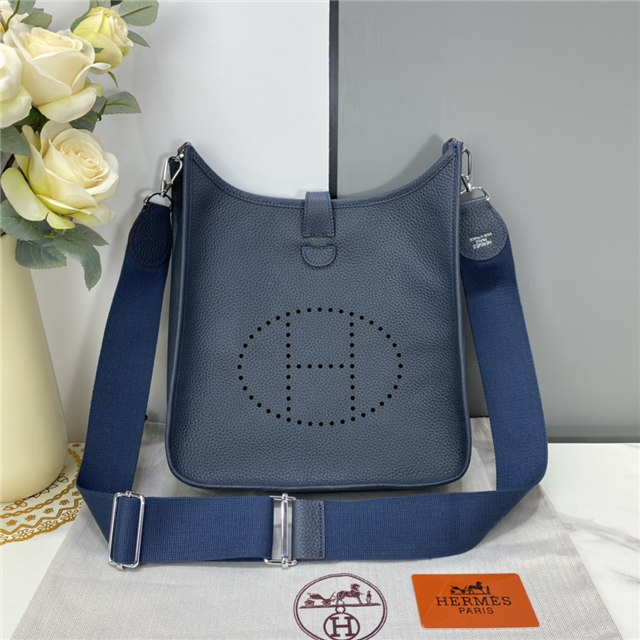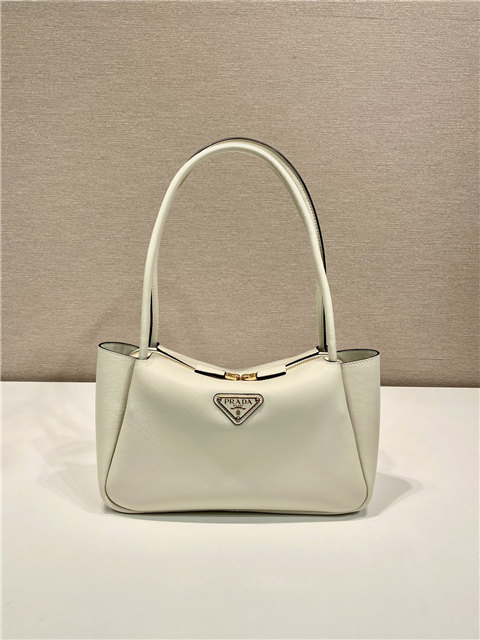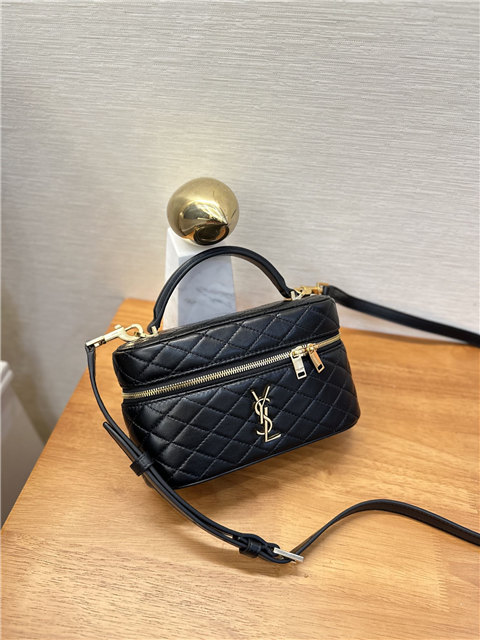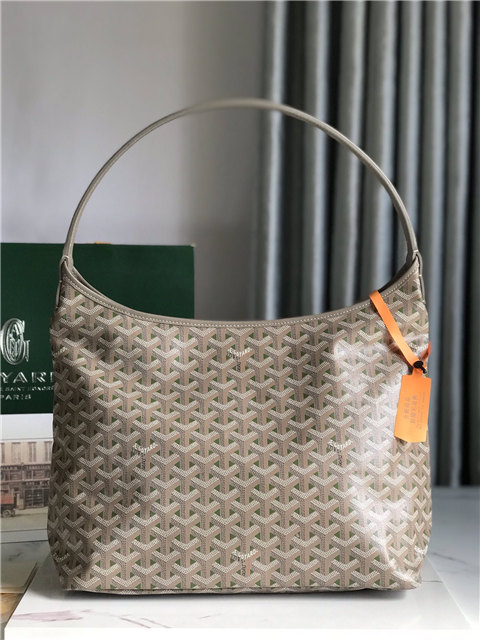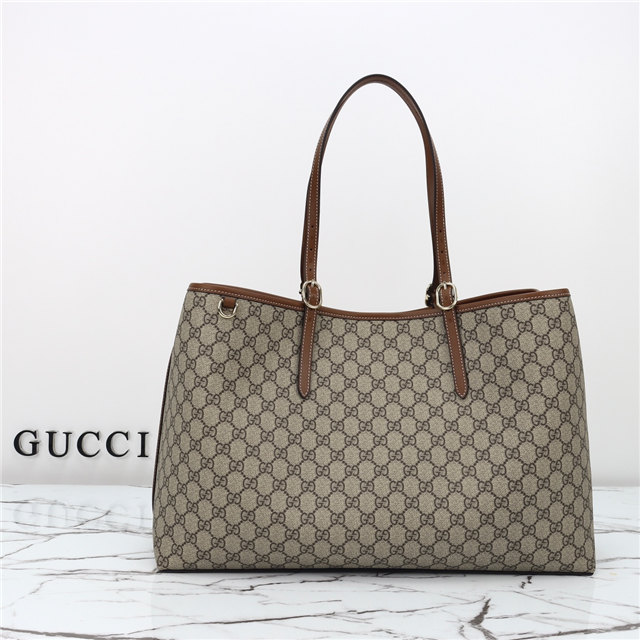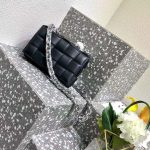Okay, fam, let’s talk about something that’s near and dear to every sneakerhead’s heart (and wallet): getting burned by a fake pair of kicks. Specifically, we’re diving deep into the murky waters of fake Nike Air Max 90s. Because, honestly, these things are everywhere, and some of ’em are getting *scarily* good.
Look, nobody wants to drop hard-earned cash on what they *think* is a legit pair of AM90s, only to find out they’re rocking some cheap knockoffs that’ll fall apart after a few wears. It’s a major bummer, a real buzzkill. So, how do you protect yourself from the fake sneaker peddlers? Let’s break it down, kinda randomly, ’cause that’s just how my brain works.
First things first: the *logo*. This is a big one. Real Nikes, especially a classic like the Air Max 90, have a clean, sharp, and recognizable logo. The swoosh should be smooth, the stitching should be tight, and everything should just *look* right. Fake ones? Often the logo is wonky, distorted, maybe even a little… off-center? Think of it like this: the real logo looks like a pro did it, the fake one looks like your cousin tried to draw it after a few too many beers. (No offense to my cousin. Love ya, Tony!)
And speaking of stitching, take a close look. Real Nikes have precise, consistent stitching. The spacing is even, the thread is strong, and there are no loose ends dangling around. Fake sneakers? The stitching can be sloppy, uneven, and sometimes even missing in spots. It’s like they rushed the job, which, let’s be honest, they probably did.
Another thing to scope out is the *shape* of the shoe itself. This is a bit harder to explain, but real Air Max 90s have a certain silhouette, a particular flow to their design. Fake ones can often look clunky, bulky, or just… wrong. It’s like they took a picture of an AM90 and tried to recreate it from memory. Close, but no cigar.
Now, let’s talk about *details*. Specific to the Off-White collabs (because those are *prime* targets for fakes), pay attention to the font used on the text. Are the letters too tall? Too thick? Too close together? The fake Nike Air Max Off-White 90s often have these lettering flaws! The real ones are crisp and clean, with the right amount of spacing. It’s a tell-tale sign that something’s fishy.
Okay, so here’s where things get a little subjective. I’m not gonna lie, sometimes even *I* struggle to tell the difference between a good fake and the real deal. But the more you look at real Air Max 90s, the more you’ll develop a feel for what’s right and what’s not. It’s like learning a new language; eventually, you just *know* when something sounds off.



